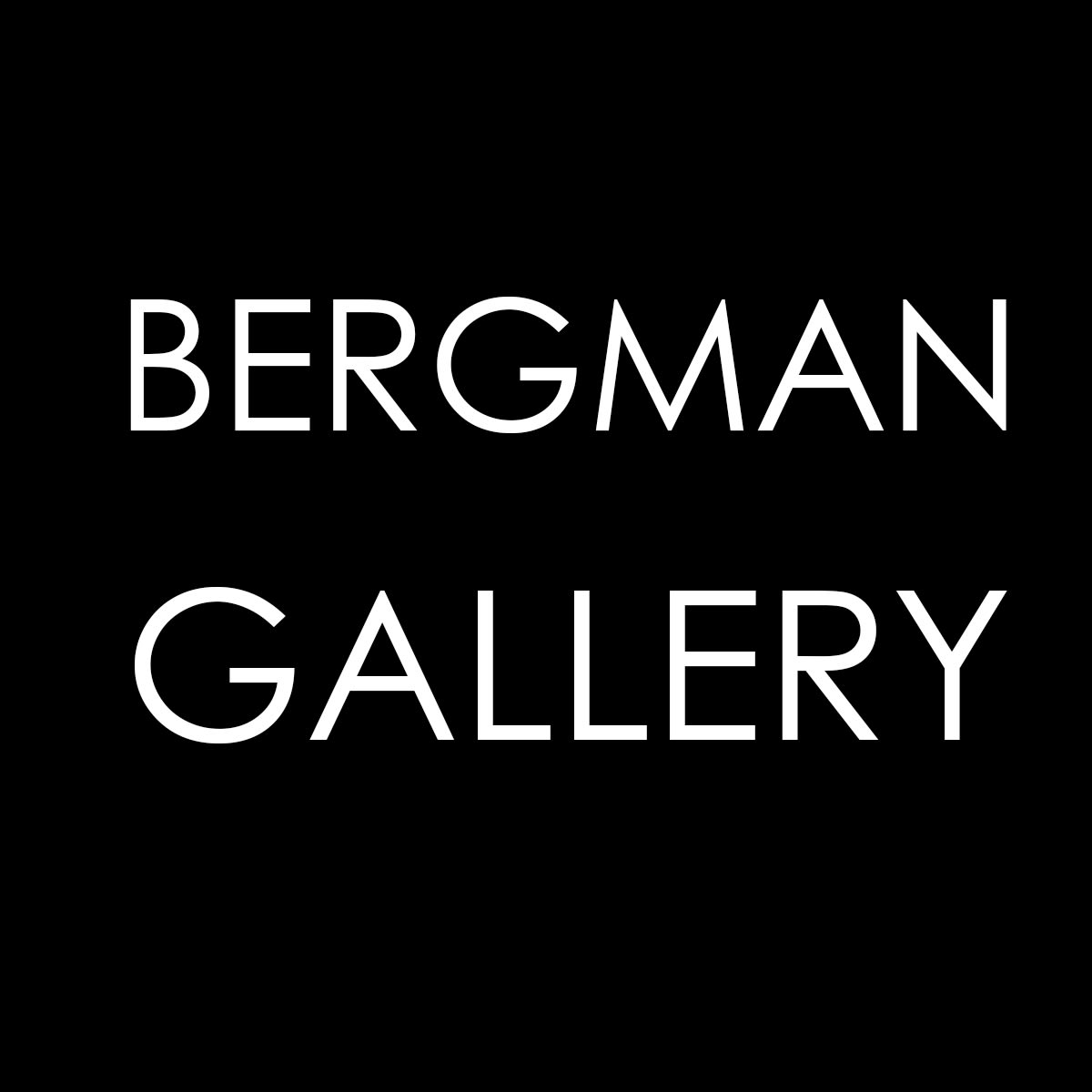
Ian George New Zealand | Cook Islands , 1952-2016
The Great Voyage, 1997
Acrylic on board
51 1/8 x 43 1/8 in
130 x 109.5 cm
130 x 109.5 cm
Ian George, The Great Voyage, Acrylic on board, 1997, is a conceptual and historical meditation on the expansive arc of Polynesian navigation—past, present, and emergent. In this work, George invokes...
Ian George, The Great Voyage, Acrylic on board, 1997, is a conceptual and historical meditation on the expansive arc of Polynesian navigation—past, present, and emergent. In this work, George invokes the epic tradition of pre-colonial transoceanic voyaging not merely as a cultural memory, but as a dynamic framework for intellectual and spiritual continuity.
The painting functions as a cartographic homage to ancestral skill, foresight, and resilience, engaging with both literal and metaphorical currents of movement, adaptation, and epistemological return.Far from romanticising the past, The Great Voyage envisions the act of navigation as an evolving continuum. George’s emphasis is as much on the recovery and reinterpretation of suppressed knowledge systems as it is on their historical magnitude. The work gestures towards contemporary re-engagements with indigenous technologies, cosmologies, and the re-contextualisation of Pacific artefacts—often displaced into foreign institutions—as critical to building future cultural security and identity.
By positioning Polynesian voyaging as both retrospective and prospective, George challenges static readings of heritage. His visual language compels the viewer to consider the ocean not as barrier but as intellectual territory, where ancestral knowledge remains alive, mobile, and central to collective futures. In doing so, The Great Voyage becomes a navigational device in itself.
The painting functions as a cartographic homage to ancestral skill, foresight, and resilience, engaging with both literal and metaphorical currents of movement, adaptation, and epistemological return.Far from romanticising the past, The Great Voyage envisions the act of navigation as an evolving continuum. George’s emphasis is as much on the recovery and reinterpretation of suppressed knowledge systems as it is on their historical magnitude. The work gestures towards contemporary re-engagements with indigenous technologies, cosmologies, and the re-contextualisation of Pacific artefacts—often displaced into foreign institutions—as critical to building future cultural security and identity.
By positioning Polynesian voyaging as both retrospective and prospective, George challenges static readings of heritage. His visual language compels the viewer to consider the ocean not as barrier but as intellectual territory, where ancestral knowledge remains alive, mobile, and central to collective futures. In doing so, The Great Voyage becomes a navigational device in itself.
